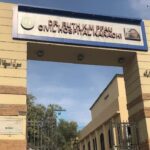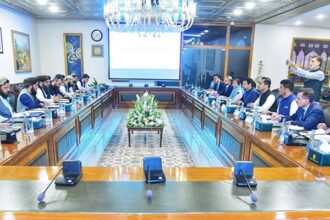According to the World Bank’s latest data, approximately 39.8% of Pakistan’s population lived below the lower-middle-income poverty line of $3.65 per day (in 2017 PPP) during the fiscal year 2023–24 . This translates to roughly 110 million people. Additionally, about 4.9% of the population, or around 13 million individuals, were living in extreme poverty, defined by the World Bank as living on less than $2.15 per day .
It’s important to note that the World Bank updated its global poverty lines in September 2022 to reflect changes in the cost of living and inflation. The new thresholds are:
Extreme poverty: $2.15 per day
Lower-middle-income poverty: $3.65 per day
Upper-middle-income poverty: $6.85 per day
These adjustments aim to provide a more accurate representation of poverty levels across different countries .
The increase in poverty levels in Pakistan can be attributed to several factors, including the economic challenges faced during the 2022–2024 period. The country experienced high inflation rates, reaching 38% in May 2023, and economic growth plummeted to just 0.4% against a target of 5% . These economic hardships have significantly impacted the livelihoods of many Pakistanis, pushing more individuals below the poverty line.
To combat rising poverty, the Pakistani government has implemented social safety net programs such as the Benazir Income Support Programme (BISP) and the Ehsaas Programme. These initiatives aim to provide financial assistance to the most vulnerable segments of the population, helping them meet their basic needs and improve their quality of life .
Addressing poverty in Pakistan requires a multifaceted approach, including economic reforms, targeted social programs, and efforts to improve education and healthcare access. Continued collaboration between the government, international organizations, and civil society is essential to alleviate poverty and promote sustainable development in the country.














